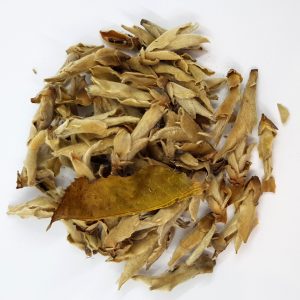White Tea
 White tea encompasses various styles, all distinguished by the use of young or minimally processed leaves from the Camellia sinensis plant. Despite lacking a universally accepted definition, common characteristics include minimal processing, absence of rolling or oxidation, resulting in a flavor profile lighter than green or traditional black teas.
White tea encompasses various styles, all distinguished by the use of young or minimally processed leaves from the Camellia sinensis plant. Despite lacking a universally accepted definition, common characteristics include minimal processing, absence of rolling or oxidation, resulting in a flavor profile lighter than green or traditional black teas.
The term “white tea” is subject to interpretation, with some sources defining it as dried tea without additional processing, while others focus on buds and immature leaves, either withered in natural sun or steamed and fired before drying. Notably, the tea’s name is misleading, as the brewed beverage appears pale yellow, deriving its name from the fine silvery-white hairs on unopened buds, often used in certain white tea varieties.
Primarily harvested in China, particularly in the Fujian province, the origins of what we now know as white tea remain debated among scholars and tea merchants. While some speculate its creation within the last two centuries, disputes arise regarding the first production of white tea as understood in China today. English publications from 1876 categorized it as black tea due to the absence of steaming in the processing, a step typical in green tea production to denature intrinsic oxidative enzymes.
White tea is often marketed under various names such as Silvery Tip Pekoe, adhering to the tea leaf grading system. Additional designations include China White and Fujian White.
Similar to black and green tea, white tea is sourced from the Camellia sinensis plant and contains polyphenols – phytonutrients believed to contribute to tea’s health benefits. Catechins, a subset of polyphenols, vary among different white teas, with concentrations overlapping those found in green tea. These differences may stem from the tea plant variety, cultivation techniques, and processing methods employed.
The base process for manufacturing white tea is as follows:
Fresh tea leaf → withering → drying (air drying, solar drying or mechanical drying) → white tea
White tea belongs to the group of tea that does not require panning, rolling or shaking. However, the selection of raw material in white tea manufacture is extremely stringent; only the plucking of young tea leaves with much fine hair can produce good-quality white tea of a high pekoe (grading) value.
Showing all 3 results




